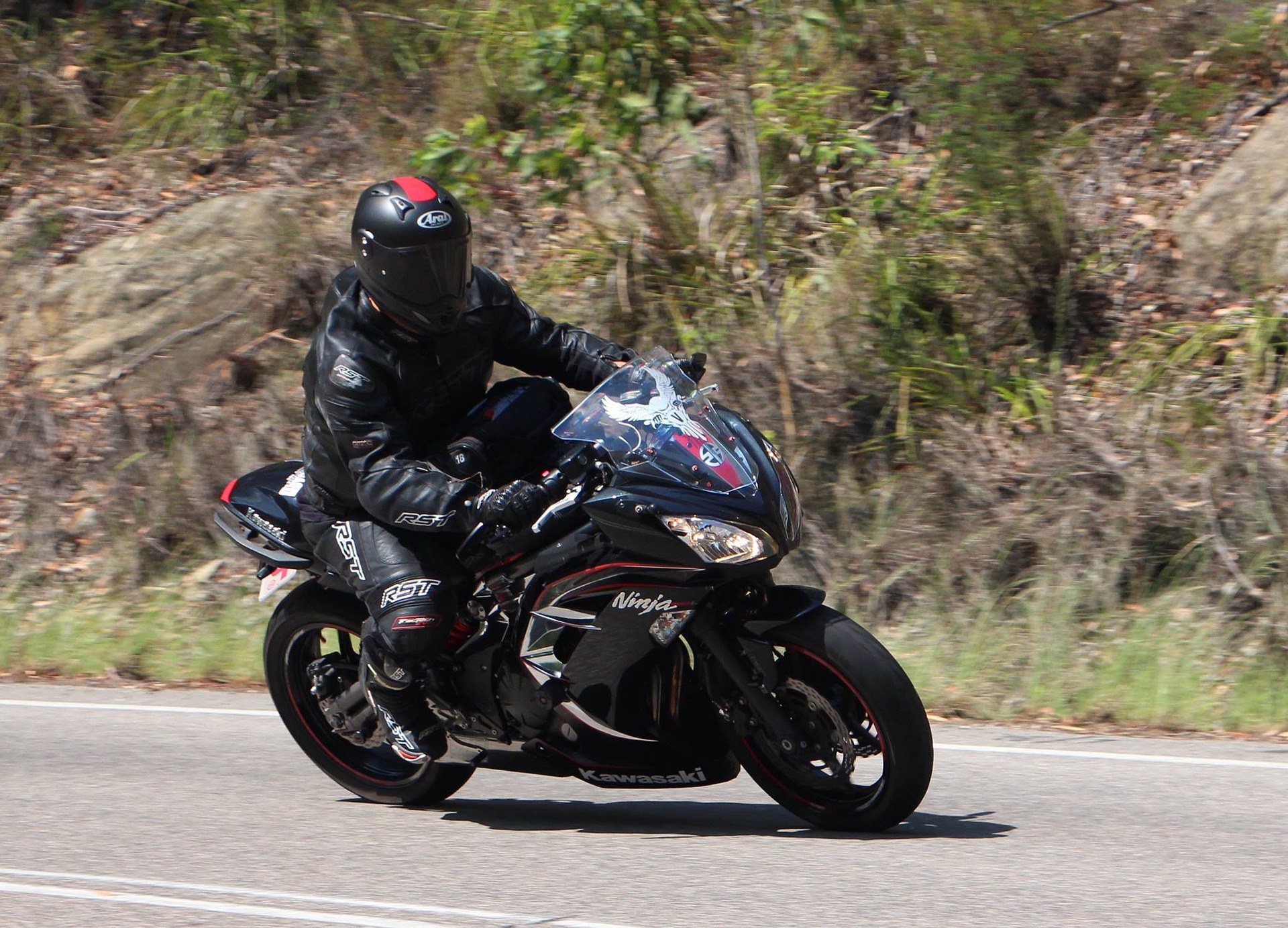Laying a Bike Down and No Contact Motorcycle Accidents Explained

One of the most devastating things that can happen to a motorcyclist is being hit by a negligent driver. Not only was the driver careless in their behavior, but they allowed their recklessness to severely injure a motorcyclist. However, not all motorcycle accidents involve a car striking a rider. There are situations where a driver may swerve into the motorcyclist’s lane, pushing them off the road, or even stop suddenly in front of them, forcing the motorcyclist to lay down their bike.
While most people would assume these accidents are less dangerous, a no contact motorcycle accident can be just as devastating than if a car had struck the rider. Sadly, insurance companies do not always see it that way and may try to minimize a motorcyclist’s accident claim because there was no collision between the car and bike. However, the driver still may have acted negligently, meaning it is possible to find them liable for your injuries.
The Dangers of Laying Down a Motorcycle
During a no contact crash, a motorcyclist may be forced to lay down a motorcycle, which means they will turn the bike on its side and lay it down against the pavement. This is often done to slow the vehicle down and keep it from crashing into other cars, pedestrians, debris in the road, or even keep from sliding off a cliff or hill. These events often occur at high speeds, meaning there is a significant amount of force involved in the crash.
Some may argue that laying down a motorcycle is necessary to prevent a more catastrophic accident, these accidents should not be dismissed lightly. Laying down a motorcycle effectively pins the rider between the bike and the pavement, meaning the full weight of the vehicle is likely pressing down on their feet, legs, and hips. This can result in severe crush injuries to the lower extremities, from broken bones to internal bleeding, as well as painful road rash and even degloving. In addition, the rider’s torso and upper body may also slide across the pavement, leading to further road rash, as well as possible spinal cord damage, neck injuries, and head trauma, even if they are wearing a helmet.
Altogether, while a rider may avoid a dangerous collision with another vehicle or object, laying down a bike is a serious matter that comes with multiple surgeries, months of rehabilitation, and extensive pain and suffering. Advancements in motorcycle technology and new training procedures can help motorcyclists avoid having to lay down their bikes, but this habit is still very common. That being said, most motorcyclists do not make the decision to lay down a bike lightly and, if a negligent driver forced them to make it, then they deserve proper compensation even if the driver did not hit them.
Determining Negligence in No Contact Accidents
Drivers will often defend themselves by saying they never made contact with a motorcycle and, thus, are not responsible for their injuries. However, this is simply not the case. Negligence in motorcycle accidents is not limited to just striking a rider or their bike, but also creating an unsafe environment. Everyone on the road has a duty of care towards each other, and that includes following safe driving practices that ensure no one is involved in a catastrophic accident. If they violate this duty through an act of negligence, then they most certainly can be held liable for a motorcyclist’s injuries.
In no contact accidents, negligence can include:
- Failing to check a blind spot before changing lanes, forcing a motorcyclist off the road
- Braking suddenly and without warning, causing the motorcyclist to lay down their bike or swerve out of the way into a curb or off the road
- Making an unsafe left-turn in front of a motorcyclist
- Throwing objects out a car window and into the path of a motorcyclist
- Loose cargo falling off a truck or car and into the path of a motorcyclist
In each of these instances, the driver instigated the primary event that led to the motorcyclist’s injuries through some form of negligence, meaning that they can be held liable for an accident. However, sometimes, the driver may not notice they have done anything wrong and leave the scene of the accident without exchanging insurance information with the motorcyclist. In this instance, they would be referred to as a “phantom driver.” While it may seem difficult to recover compensation if you do not know who caused your injuries, phantom drivers are covered by uninsured motorist (UM) coverage, meaning you may be able to file a claim against your own insurance company.
However, even if you do get the license plate of the at-fault driver, you may still face an upward battle against their insurance company. Insurance adjusters are extremely resistant to approving claims filed by injured motorcyclists, especially if the injuries involve a lay down or a no contact accident. They will try to dismiss any liability as well as the extent of your injuries. But, with the right attorney, you may be able to hold them to their policies.
The Law Firm of Joseph H. Low IV is devoted to providing thorough legal representation to injured motorcyclists. With the aid of our Long Beach motorcycle accident attorney, we can thoroughly review your accident in a free consultation and advocate for full compensation after an accident, whether or not a driver directly hits you with their vehicle. To learn how we can assist you in your claim, contact us at (562) 901-0840 or toll-free (888) 454-5569.